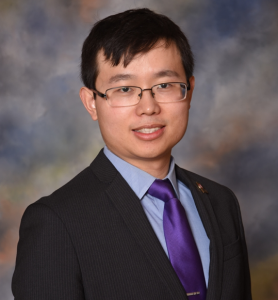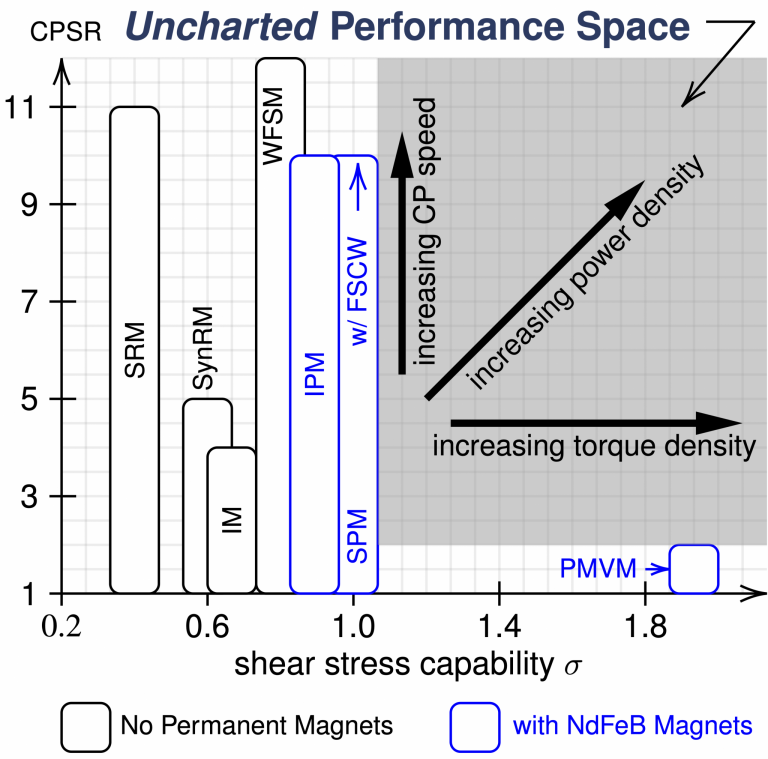
ECE Florida Assistant Professor Baoyun Ge has received an NSF CAREER Award for his project “Guided Exploration of Multiphysics Design Space for Electric Machines Using Tensorial Analysis (GEOMETRY).” The $550k project will help Dr. Ge explore the performance boundaries of electric machines in order to continue the fight against climate change and excessive carbon emissions.
Given that 2023 had the hottest days on Earth since 1940, Dr. Ge feels a heightened sense of urgency in the fight against climate change and excessive carbon emissions. He sees electric motors and generators—collectively electric machines (EMs)—as playing a pivotal role. EMs generate 90% of electricity globally, 45% of which is turned into mechanical work. EMs are at the heart of electric vehicles (EVs), wind energy generation, and various industrial processes, and increasing EM efficiency is one critical way to reduce carbon emissions.

Current designs of new EM topologies are generally conceived by designers based on experience and intuition. This process is sporadic by nature, however. The overarching goal of Dr. Ge’s work is to pioneer a new design paradigm using an advanced mathematical tool known as tensorial analysis, whereby physical objects and the forces acting upon them can be represented by tensors. Tensors render objects in a way which negates discrepancies in observation, representing reality in a way that renders objects the same for all observers. Using tensorial analysis, exploring new fundamental designs becomes untethered from human intuition.
EM topologies are defined by the arrangements of their constituent parts, including steel, copper, magnets, etc. Dr. Ge has been wondering: what are the best arrangements of these constituent parts? His CAREER project will result in a new EM design platform to systematically answer this fundamental question and accelerate the exploration of high-performance and highly sustainable EMs. Three research thrusts are planned. First, primitive EMs, governed by electrodynamics and expressed in hyperdimensional space, will be used as starting points to derive new topologies. Second, the hyperdimensional models of EMs will be embodied in the 3D space for performance evaluation and optimization. Third, the methodologies in the first two thrusts will be generalized to incorporate physics beyond electrodynamics and fulfill multiphysics synthesis. In all three thrusts, tensorial analysis originated from mathematics (geometry) and theoretical physics (relativity theory) will be applied.
EDUCATIONAL COMPONENT
Parallel to the research, the Dr. Ge’s goal is to systematically foster diverse multiphysics designers, including those who are underrepresented in the field. The educational activities will include constructing a website-based learning platform named TENSOR to create an inclusive multiphysics learning hub, implementing a duality and analogy-based multiphysics education technique for K-12, undergraduate, and graduate students, and offering an open-access new EM design course to the frontier EM workforce.
Originally published on ECE Florida News.